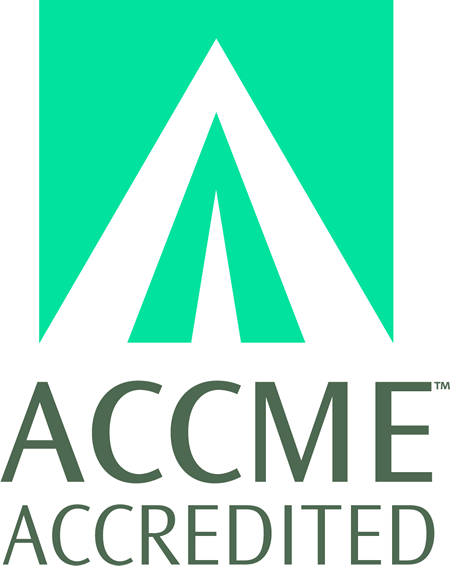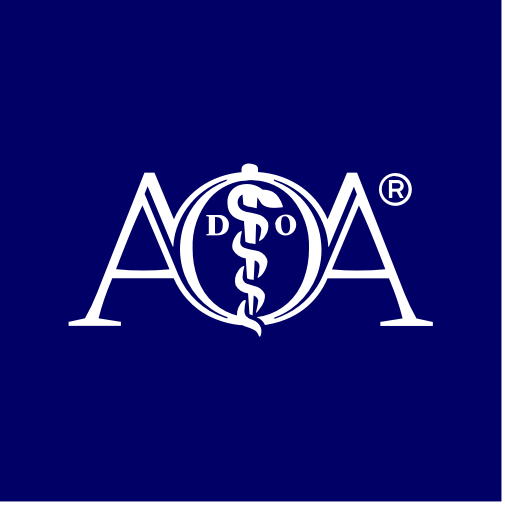
COURSE CREDITS & HOURS
16 AMA PRA Category 1 Credits™16 ACPE Credits
16.0 Contact Hours
COURSE FEES
TARGET AUDIENCE
PROGRAM PURPOSE
The purpose of the allergy lectures is to review common allergy-related conditions that primary care providers will encounter and bring participants up-to-date with the current methods of evaluation and treatment. Attendees will re-enforce their present knowledge and acquire additional information about the covered topics with emphasis on the best management options for each disease state discussed as well as appropriate times to make referral to a specialist.
The purpose of our lectures during this CME conference is to present a wide range and variety of important information in the field of pediatric gastroenterology in a concise and complete format. Topics pertaining to childrens health care include the application of the current guidelines for the management and treatment of GERD and constipation in the pediatric population; a review of the recognizable signs and symptoms of celiac disease and inflammatory bowel disease in children; a discussion of the literature and indications for probiotic use in pediatrics; and an overview of the approach to evaluating children and adolescents with elevated liver enzymes and with eating disorders.
Our goal during this CME conference is to present the latest and most up-to-date information possible to health care providers in a highly engaging, entertaining, and interactive manner to promote high quality health care team performance and outcomes.
- Acute and chronic rhinosinusitis
- Understand the anatomy of the paranasal sinuses
- Explain the pathophysiology of acute and chronic rhinosinusitis
- Describe methods of diagnosis and treating acute and chronic rhinosinusitis
- Anaphylaxis: Diagnosis and management
- Explain mechanisms and presentations of anaphylaxis.
- Describe treatment with emphasis on the importance of epinephrine.
- Explain why physicians and staff should be proficient in anaphylaxis management.
- Update in Asthma Management
- Discuss the pathophysiology of asthma
- Describe how asthma symptoms do not always correlate with asthma severity
- Explain the concepts of step-care guideline-based asthma management
- Explain the growing number of newer treatment modalities for severe asthmatics.
- Caring for the patient with chronic cough
- Explain the mechanism of the cough reflex.
- Describe the most common causes of chronic cough.
- Describe diagnostic empiric trials of therapy.
- Chronic Idiopathic Urticaria and Angioedema
- Explain the pathophysiology of chronic idiopathic urticaria and angioedema.
- Describe the differences between other types of dermatitis and pruritus vs. chronic idiopathic urticaria and angioedema.
- Determine an appropriate treatment plan and when referral to an allergist and/or dermatologist is indicated.
- Allergic Rhinitis & Conjunctivitis; Non-allergic (chronic) rhinitis
- Explain types of allergic rhinitis & conjunctivitis and non-allergic (chronic) rhinitis.
- Describe conditions that mimic rhinitis.
- Determine appropriate evaluation diagnostic studies and treatment plans.
- Current approach to the management of stinging insect allergy
- Explain various types of reactions to an insect sting.
- Describe treatments for each type of sting reaction.
- Determine which patients should be referred to a board-certified allergy/immunology specialist.
- Pediatric Gastroesophageal Reflux
- Identify signs & symptoms of GERD in children.
- Celiac Disease, Gluten Intolerance & Wheat Allergy
- Identify & treat celiac disease in the pediatric population.
- Probiotics
- Discuss the indications for probiotic therapy in children.
- Adolescent Eating Disorders
- Recognize children and adolescents at risk eating disorders
- Constipation & Infant Dyschezia
- Differentiate between neonatal constipation and infant dyschezia.
- Liver Enzyme Evaluation
- Understand & interpret the significance of elevated liver enzymes
- Pediatric Inflammatory Bowel Disease
- Recognize the presenting sign & symptoms of children with inflammatory bowel disease.


































